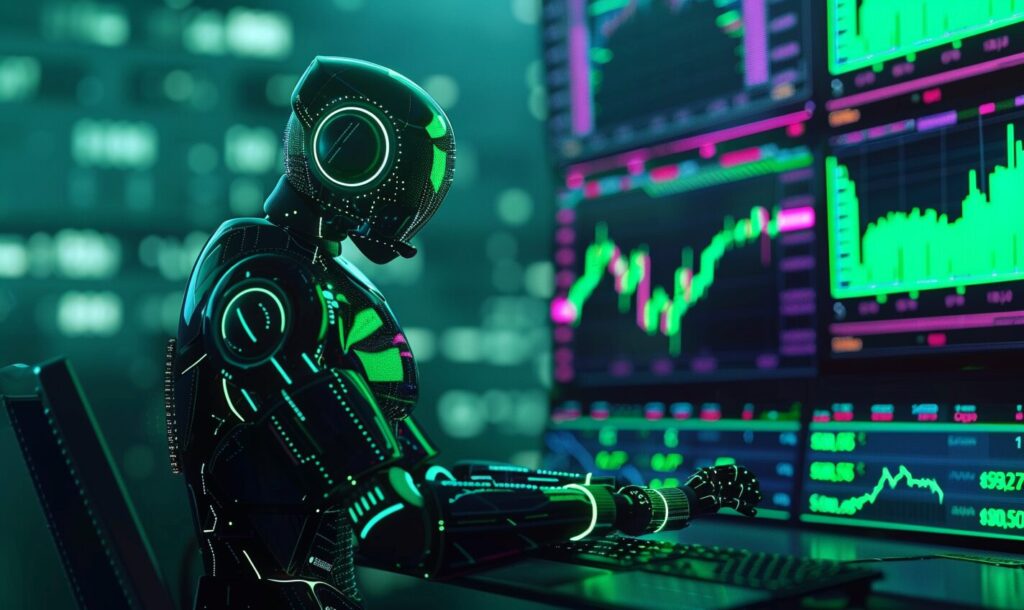Computer vision (CV) applications are the technology behind computers gaining an understanding from images or videos. The concept rings back to data collection for artificial intelligence (AI), and there are certainly a lot of similarities between the two, but CV has a lot more to do with detecting patterns than AI does. Really, CV has a lot more in common with machine learning, a branch of AI.
Regardless, we use CV today to manage and organize our data. With everyone putting out tons of data every day, usually without realizing it, something has to make sense of it all.
Investors and companies love using data, so creating better computer vision is financially important. That said, the average consumer gains a lot from CV, but we’ll get to those reasons in a moment.
How CV Works
The secret is the utilization of data. In 2012, CV sparked a sort of AI revolution in businesses due to the important value of consumer data. The data can be taken in by giving the machine a way to see. Whether we mean a program that can analyze videos or an actual machine using a camera, we still have to give them the power of sight before they can make sense of anything.
From there, it’s all about finding patterns. Sometimes users can give information to tell a computer that a shirt is blue, but the computer can also learn on its own the difference between blue and green, so the use of labels is unnecessary.
This sort of awareness gives us a lot of help in some technologies we’re trying to develop to perfection this year. Here are six that society hopes to get off the ground soon.
1. Self-Driving Cars
An autonomous vehicle can’t work without an AI that’s constantly speaking with other vehicles, stop lights, the road itself and many other factors. To properly drive, the car needs to see and recognize what’s going on around it.
Manufacturers for self-driving cars install cameras, radars and other equipment to ensure the vehicle works as safely as possible.
2. Image Recognition
Whether we’re talking about facial recognition or doing a reverse image search on Google, recognizing images is the main part of CV.
We use this technology already in authentication biometrics to unlock our phones by just looking in the camera. The data compiles images of people, objects, movement and other content to gain an understanding.
3. Cloud Processing
The cloud is often filled with data, whether it be the Internet of Things or the local cloud for a company. Either way, something needs to classify and organize the data for use, which is where CV steps in.
In a cloud, the only limitation CV faces is internet bandwidth, so it can continue working as fast as possible for the most efficient outcome.
4. Agriculture
Much like a self-driving car, farming equipment is starting to become automated, too. Instead of watching for other vehicles and traffic, this CV focuses on the crops.
By recognizing the different states of the crops, whether they’re ready for harvest and identifying herbicides, CV can automate entire farms on its own. Farmers are confident that 90% of herbicides can be reduced with CV technology.
5. Healthcare
Most medical data is image-based, so deciding to implement CV as a means to double and triple-check a diagnosis isn’t brain surgery.
CV can analyze X-rays and other scans to compare all other information before deciding that something isn’t right with a patient.
Human error is always a problem in the healthcare industry, and CV can help cut down on this issue.
6. Manufacturing
The building of heavy machinery, including the self-driving cars we mentioned earlier, can be dangerous and tedious work. Getting an AI to work on a pattern is one thing, but making CV know how to put an entire product together or take something apart to fix a problem is another.
CV can do predictive maintenance before anything goes wrong. Not to mention that product quality can suddenly be second to none so long as an AI gets everything perfect every time it’s put to work.
A World With Computer Vision
We can go to a fully automated world with computer vision applications, but we have to get it there first. The progress of technology has been a steady climb within the last century or so. Recognition software has become commonplace in most households by now, so the implementation of better CV is easy, practical and logical.
While the worry about machines taking jobs away can be a valid concern, right now computer vision applications aims to make lives easier, whether for convenience or detecting extremely important patterns. The line where automation becomes a problem is still a ways off yet.
Recent Stories
Follow Us On
Get the latest tech stories and news in seconds!
Sign up for our newsletter below to receive updates about technology trends














